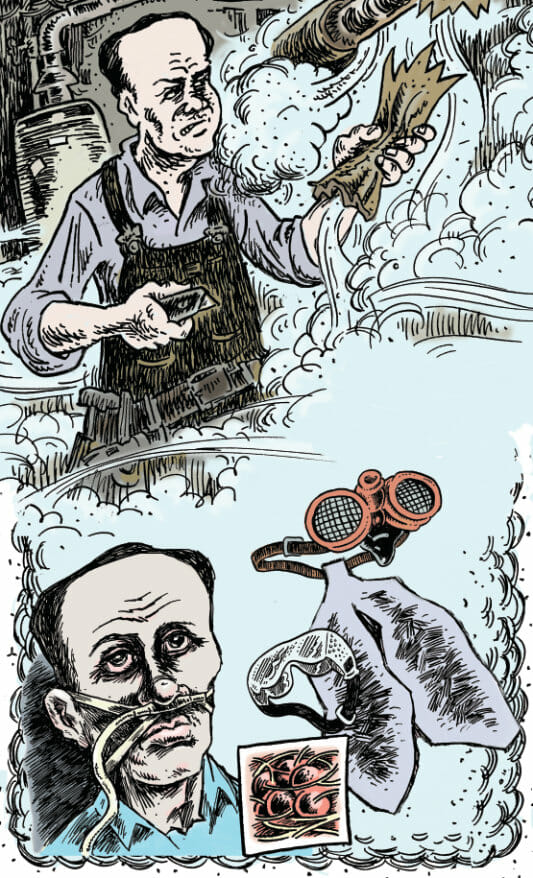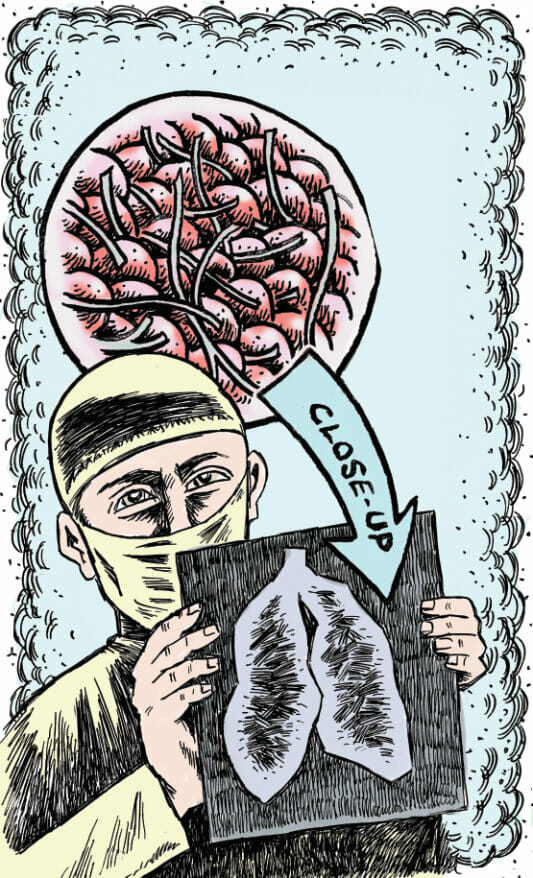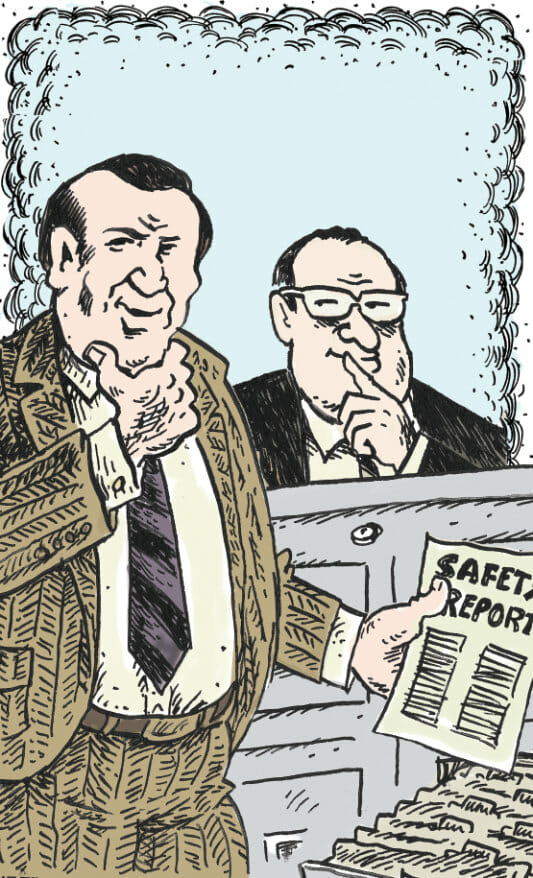Dangerous Exposure
Borel v. Fibreboard Paper Products Corp., 1973
Between 1940 and 1979, an estimated 27 million workers in the United States were exposed to significant amounts of asbestos dust. Millions have died or are currently sick with lethal asbestos-related diseases, such as asbestosis and lung cancer.
Litigation
Fifty-seven-year-old Clarence Borel filed a lawsuit in the United State District Court for the Eastern District of Texas against an asbestos manufacturer in 1969. He had contracted asbestosis and a malignant lung tumor as a result of working with asbestos insulation for over thirty years. He claimed that the manufacturer was at fault because it knew, or should have known, of the dangers of asbestos and should have warned about the hazards.
Cover-Up
Asbestos manufacturers had known of the risk to insulation workers since the 1930s and had engineered a cover-up to conceal information about the risks of asbestos exposure in order to avoid tort liability. One manufacturer withheld the results of company medical examinations from employees who were found to be suffering from asbestos-related diseases.
Manufacturers also refused to allow safety inspections and surveys by government agencies unless the agencies agreed to make their findings and conclusions confidential. In addition, manufacturers pressured medical researchers to delay publication of their investigations and alter their conclusions.
The Verdict
Clarence Borel died before the verdict in his case. His family was awarded $79,436 in damages. The jury was persuaded that the manufacturer should have known about risks to insulation workers and should have warned them. The manufacturer had a duty to keep up with scientific knowledge about risks from asbestos exposure, but failed to conduct workplace tests or surveys.

Precedent
Borel v. Fibreboard Paper Products Corp. was the first successful suit by an insulation worker against asbestos manufacturers. The success of the Borel case inspired a large number of lawsuits and facilitated controlling hazardous materials in the workplace through product liability actions. Subsequently, hundreds of thousands of asbestos victims, mostly workers, filed lawsuits in courts across the country.
Questions for thought
Asbestos litigation has caused the bankruptcy of many companies, with damages far exceeding the profit companies made from the sale and use of asbestos. Some companies use bankruptcies to avoid liability. For others, litigation was the cause of bankruptcy. Should the damages be limited to the amount companies make, or the total assets of the companies?
What about people who may get asbestos-related cancer but don't have it yet? If all the defendants are bankrupt by the time those people get sick, how do we compensate them? A reserve or trust fund? Should they be able to sue now for anticipated damages? If so, what if they win damages but never actually get sick?

